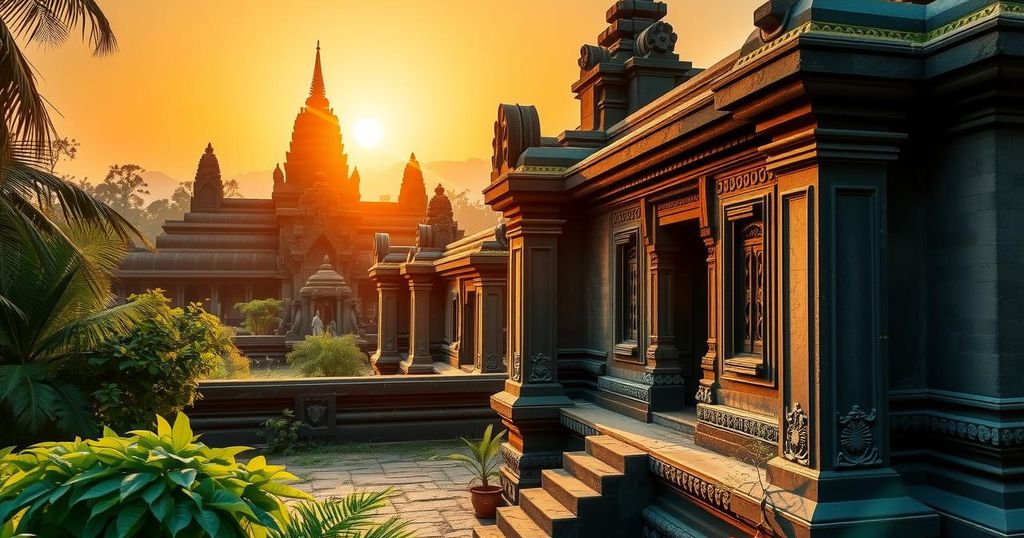Politics
ANA, ANGKOR, ANGKOR ARCHAEOLOGICAL PARK, ANGKOR COMPLEX, ANGKOR ENTERPRISE, ANGKOR PARK, ANGKOR THOM, APSARA NATIONAL AUTHORITY, ASIA, BILATERAL COOPERATION, BILATERAL RELATIONS, CAMBODIA, CHAU SAY TEVODA, CHINA, CULTURAL EXCHANGE, CULTURAL PRESERVATION, ENTERPRISE, KOSAL, LONG KOSAL, MEXICO, NORTH AMERICA, PARK, PHNOM PENH, ROYAL PALACE OF ANGKOR THOM, SIEM REAP, TA KEO, U. S, UNESCO, XINHUA
Dante Raeburn
Significance of Sino-Cambodian Cooperation in Protecting Angkor Archaeological Park
China’s cooperation is essential for the protection of Angkor Archaeological Park, with significant contributions to skills transfer and restoration projects. This collaboration has fostered cultural exchanges between China and Cambodia, enriching the preservation of heritage sites and enhancing tourism revenue.
Cooperation with China plays a crucial role in the protection and preservation of the Angkor Archaeological Park in Siem Reap province, Cambodia. Long Kosal, the deputy director-general and spokesperson for the APSARA National Authority, highlighted that China’s contributions have safeguarded the park’s monuments, making it a top global tourist destination. He noted that Chinese experts have imparted valuable skills and technology to Cambodian archaeologists and workers, enhancing the preservation efforts.
Kosal emphasized the importance of this cooperative relationship, stating that it promotes mutual understanding of history, culture, and civilization between China and Cambodia, ultimately fostering closer ties between the peoples of both nations. He pointed out that China has been a major supporter of Cambodia’s cultural heritage through various cooperation platforms.
The spokesperson reported that Chinese experts have successfully completed restoration work on key temples, including Chau Say Tevoda and Ta Keo, and are currently engaged in restoring the historic Royal Palace of Angkor Thom. The Angkor Archaeological Park, spanning 401 square kilometers, contains 91 ancient temples constructed from the ninth to the 13th centuries, attracting 1.02 million international visitors in 2024, which generated $47.8 million from ticket sales according to Angkor Enterprise.
In conclusion, the collaboration between Cambodia and China is vital for preserving the cultural and historical significance of the Angkor Archaeological Park. Through skilled expertise and restoration projects, China is enhancing the park’s appeal and ensuring the protection of its ancient temples, while fostering deeper cultural exchanges and understanding between the two nations.
Original Source: english.news.cn








Post Comment